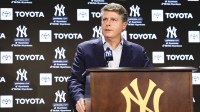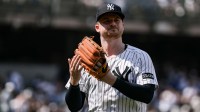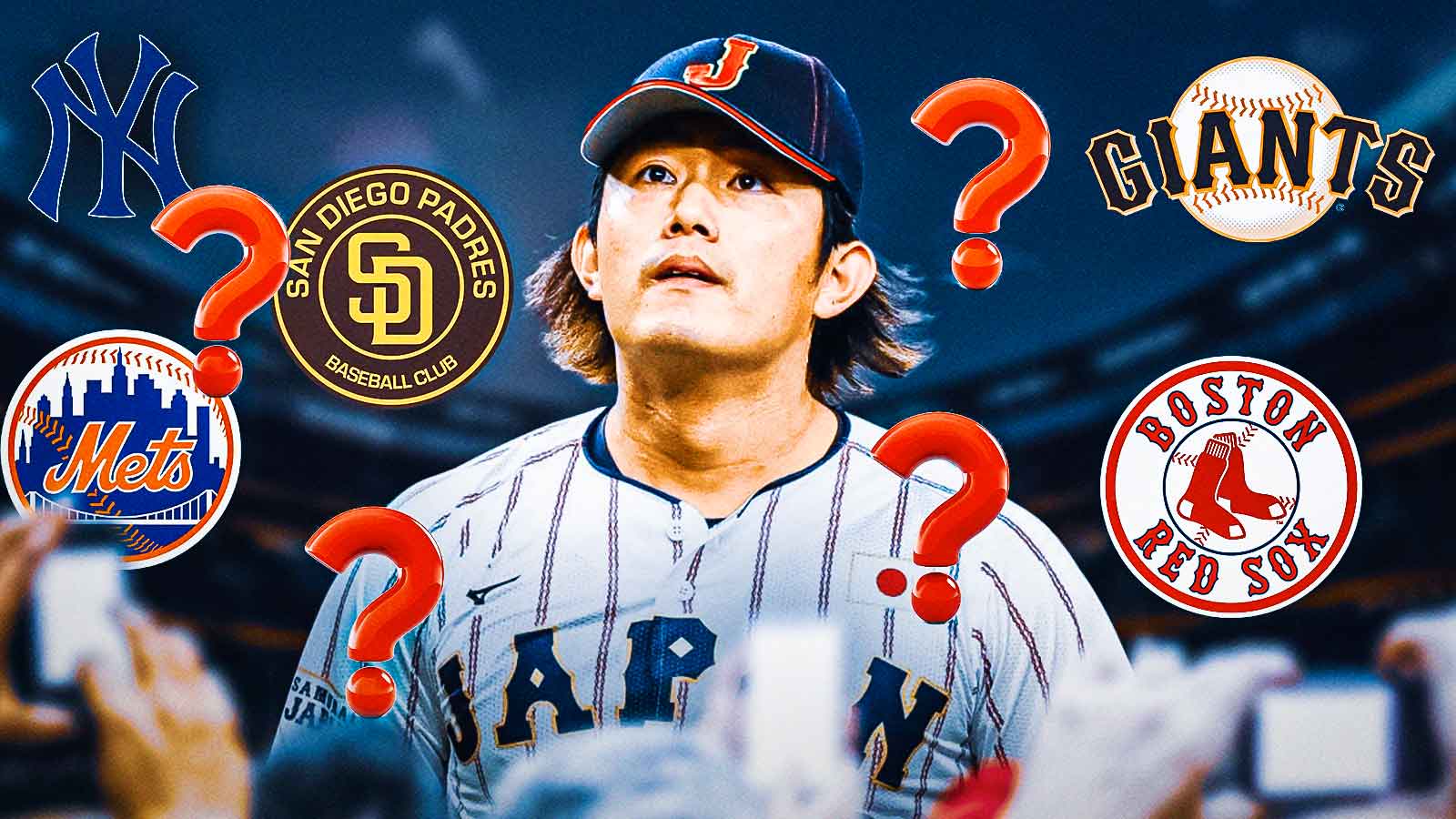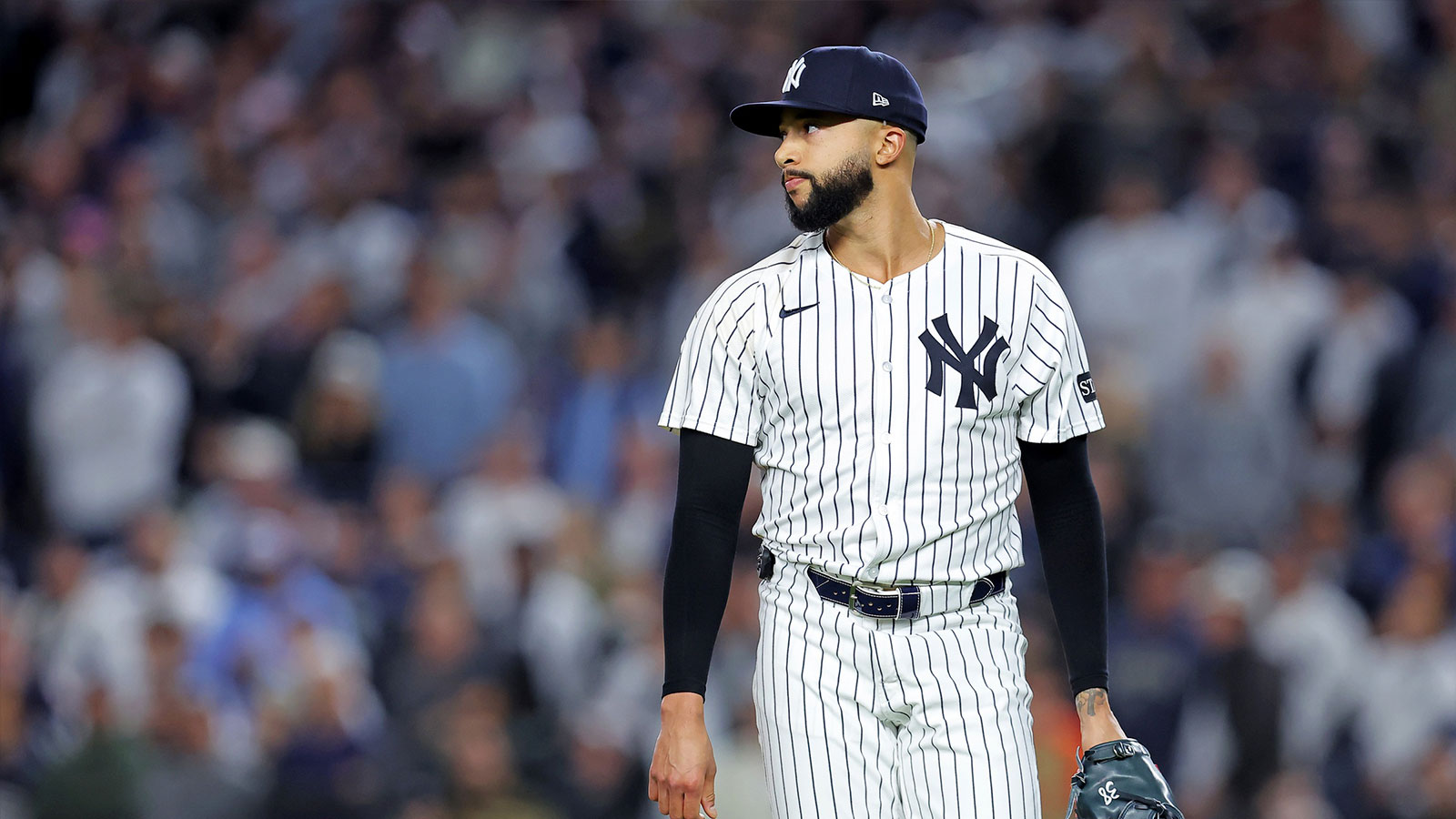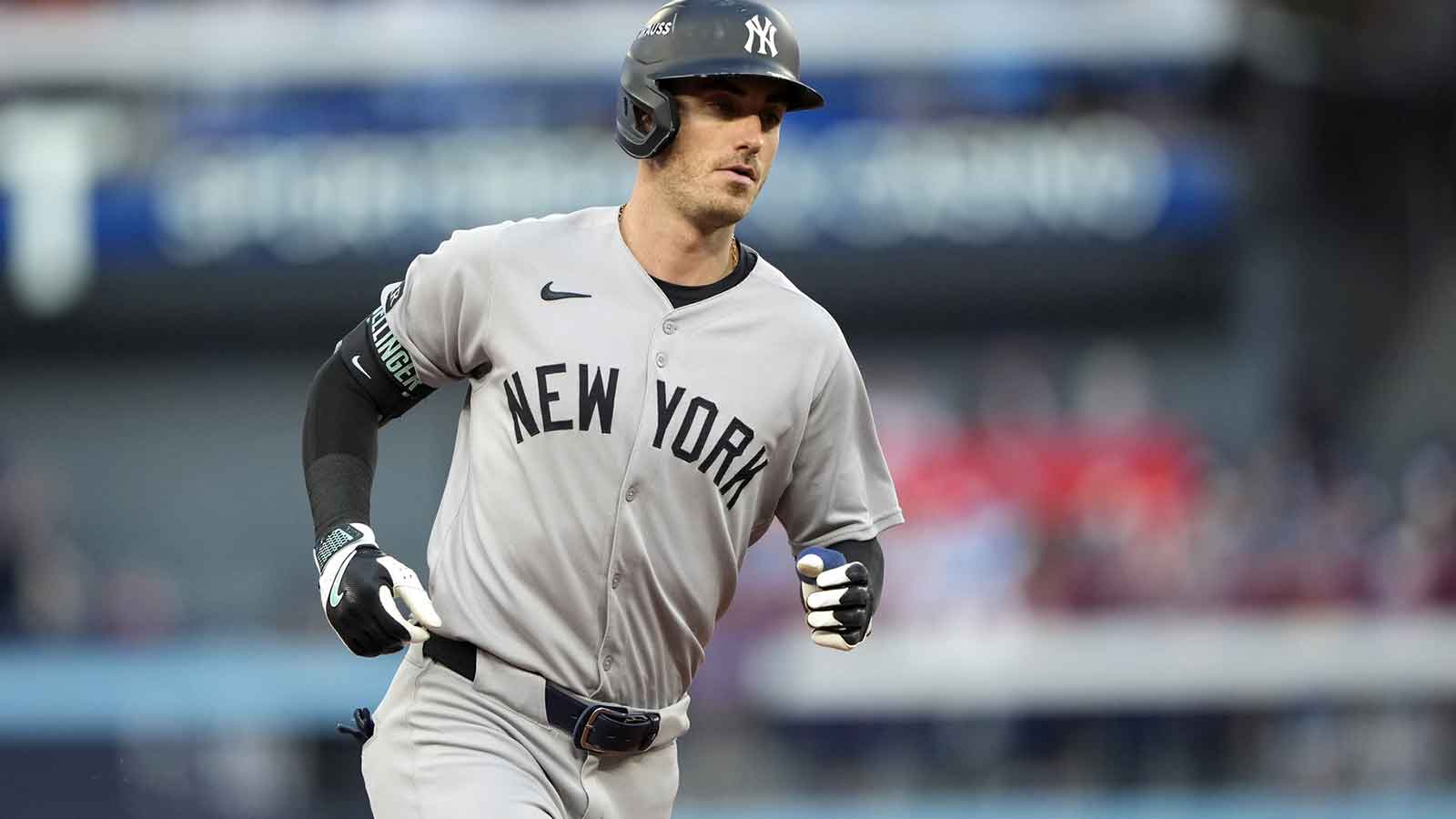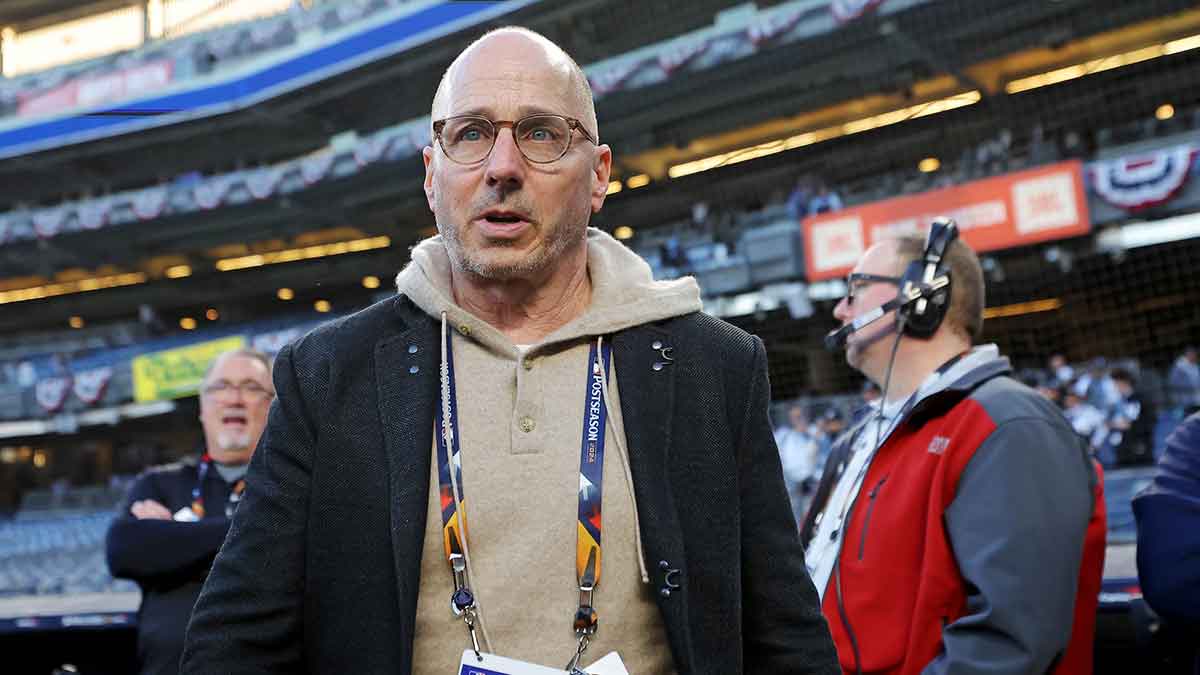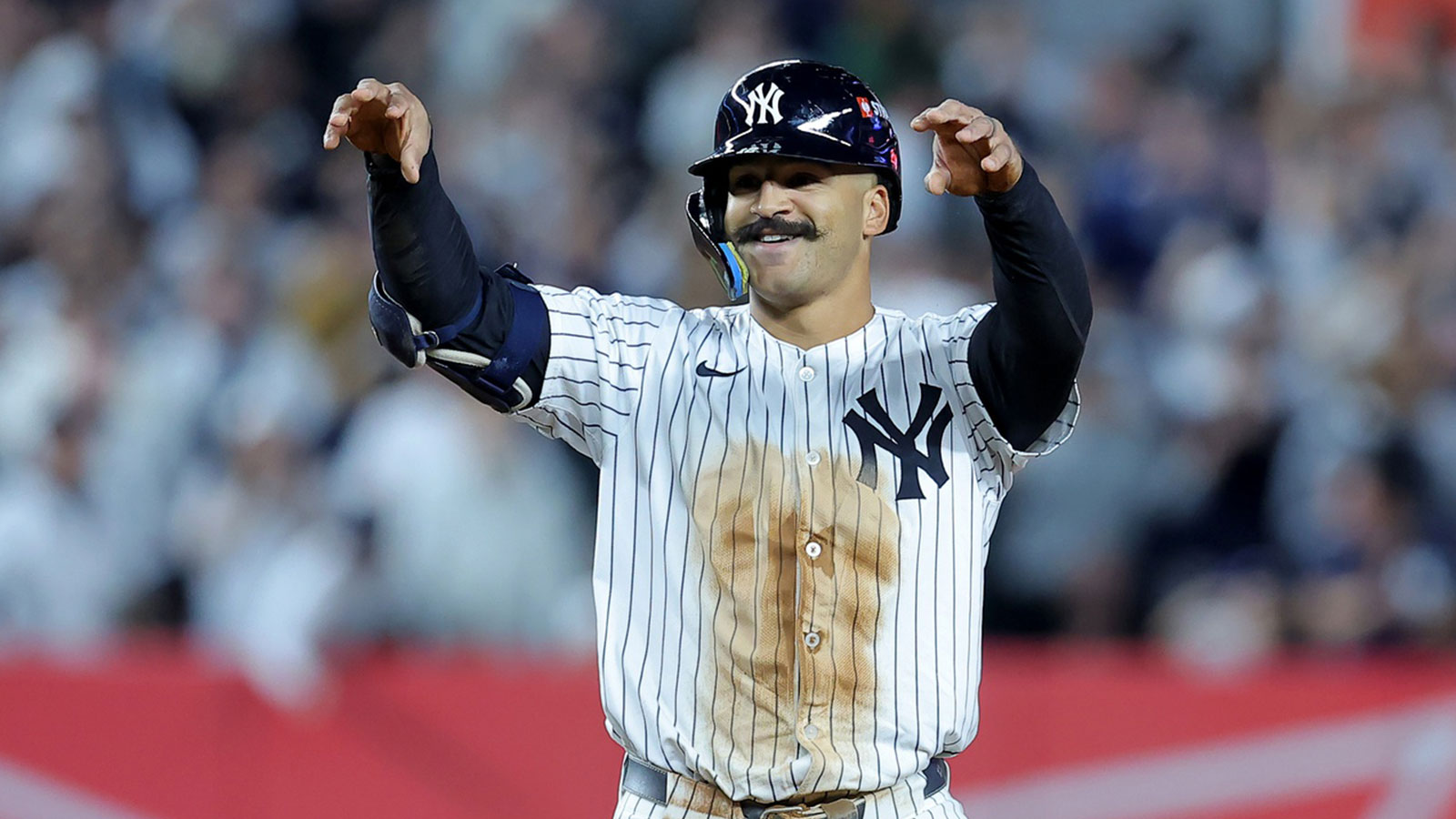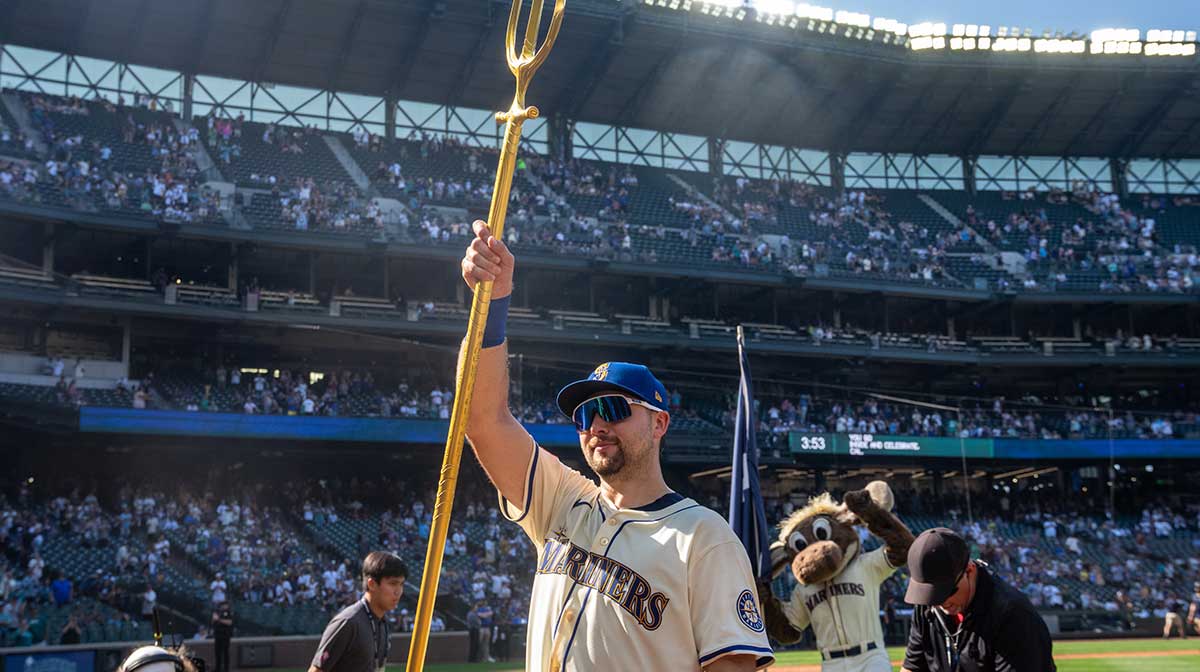The New York Yankees had a clear hole at the shortstop position this offseason, with two viable means of addressing it. They could have signed a star free agent shortstop from the numerous options available, or they could have signed a stopgap shortstop while waiting for one of their young prospects to be ready. This second option was by far the riskier of the two. There is no guarantee of when, or even if, any of the current prospects will be ready to play shortstop in the Bronx and hold their own against pitching in the big leagues. The route the Yankees went is certainly feasible, but it's also a lot more risky. Let's take a look at some reasons why Brian Cashman should have signed a star free agent to hold down the shortstop position.
4 reasons the Yankees should have signed a star free agent at shortstop
4. Gleyber Torres cannot remain at shortstop
Gleyber Torres is not a shortstop at this point in his career. Yes, he came up through the minor leagues as a shortstop. However, he has spent the majority of his major league career at second base. While he’s not a great defender and likely never will be, he is more than adequate at second.
Torres will likely always be an offense-first player. While playing shortstop across the past two years for the Yankees, the biggest detriment proved not to be in the field, but at the plate. Sure, Torres wasn’t exactly lighting it up at shortstop. However, the bigger problem is, while at shortstop, his offensive production fell off a cliff. Baseball is as much a mental game as it is a physical game, and it is very possible that Torres allowed his struggles on defense to negatively impact his performance at the plate.
What the Yankees need the most from Torres is to get his offensive production back to where it was in 2018 and 2019. Even if he’ll never hit 38 home runs in a season again, which he probably won’t, that’s OK. If Torres can hit around .285 with 25 home runs, that will be sufficient offensive production.
With Torres back at second base, the Yankees did not have a single adequate option at shortstop until that potential stopgap player was identified and acquired. Leaving the shortstop position unfilled for so long was a significant risk, and this increases the pressure on both that stopgap player and the young prospects still in the minors.
3. Correa is an elite two-way player
Carlos Correa is elite in the field and at the plate. Offensively, Correa will hit for a high average and get on base consistently, with some power as well. Last season, Correa recorded a .366 OBP along with 26 home runs, while also recording 21 defensive runs saved, and collecting both the Gold Glove and the American League Platinum Glove.
Correa would have allowed Torres to shift back to his natural position at second base, where he is most comfortable, without any concern as to who would man shortstop. Correa would represent an upgrade both offensively and defensively, while simultaneously improving the likelihood of the Yankees unlocking the best version of Gleyber Torres.
Isiah Kiner-Falefa is not a bad shortstop by any means, but the Yankees would likely feel much more confident with Correa as the opening day starting shortstop and Kiner-Falefa as a utility man.
2. Correa (or others) were available for just money
Whether it was Carlos Correa, Trevor Story, Corey Seager or Marcus Semien, numerous star-level shortstops were available as free agents. These players could have been signed just for money, with no need to give up prospect capital. The Yankees are the most valuable franchise in sports. There was simply no reason not to at least seriously pursue some, if not all, of these players. We can differ on which player each of us would have preferred, while agreeing that we should have seriously pursued at least one of them.
1. The prospects aren’t ready yet, and don’t always work out
Anthony Volpe has been all but appointed the second coming of Derek Jeter. The kid hasn’t played past High-A yet, and can’t even walk into Yankee Stadium and legally buy a beer right now. That’s a lot of pressure to put on such a young player, essentially holding the starting shortstop position for him when he’s ready. Playing shortstop for the New York Yankees is one of the most prestigious positions in all of sports, and this is a huge amount of pressure. In addition to potentially making the team worse in the short-term, or at least incurring some level of opportunity cost, this also possibly increases the likelihood of Volpe not living up to his potential (his real potential, not his absurdly hyped “potential”, which he may never live up to anyway). It is also not out of the realm of possibility for the pressure to cause Volpe to end up as a complete bust if he overdoes it and gets inside his own head.
Yankees dropped the ball
For all of the reasons mentioned above, the Yankees would have been better off both in the present and the future by signing a star free agent shortstop. Any of the free agent options available this year, Correa, Seager, Semien or Story, would have provided immense additional value this season, while allowing the prospects to develop at their own pace. Whenever the prospects are ready, the team could then move whichever player they signed as a free agent off shortstop and to second or third base, which would likely serve to prolong their career, while allowing the prospect to step into the shortstop role. If the prospect didn’t work out at shortstop, the team would always have the option to move the free agent back to shortstop.
Signing a star free agent, who was available for just money, rather than prospect capital, was always the better option as it would provide more value and more flexibility to the team going forward. That is why the Yankees should have seriously pursued at least one of the star free agents throughout the past few weeks.



